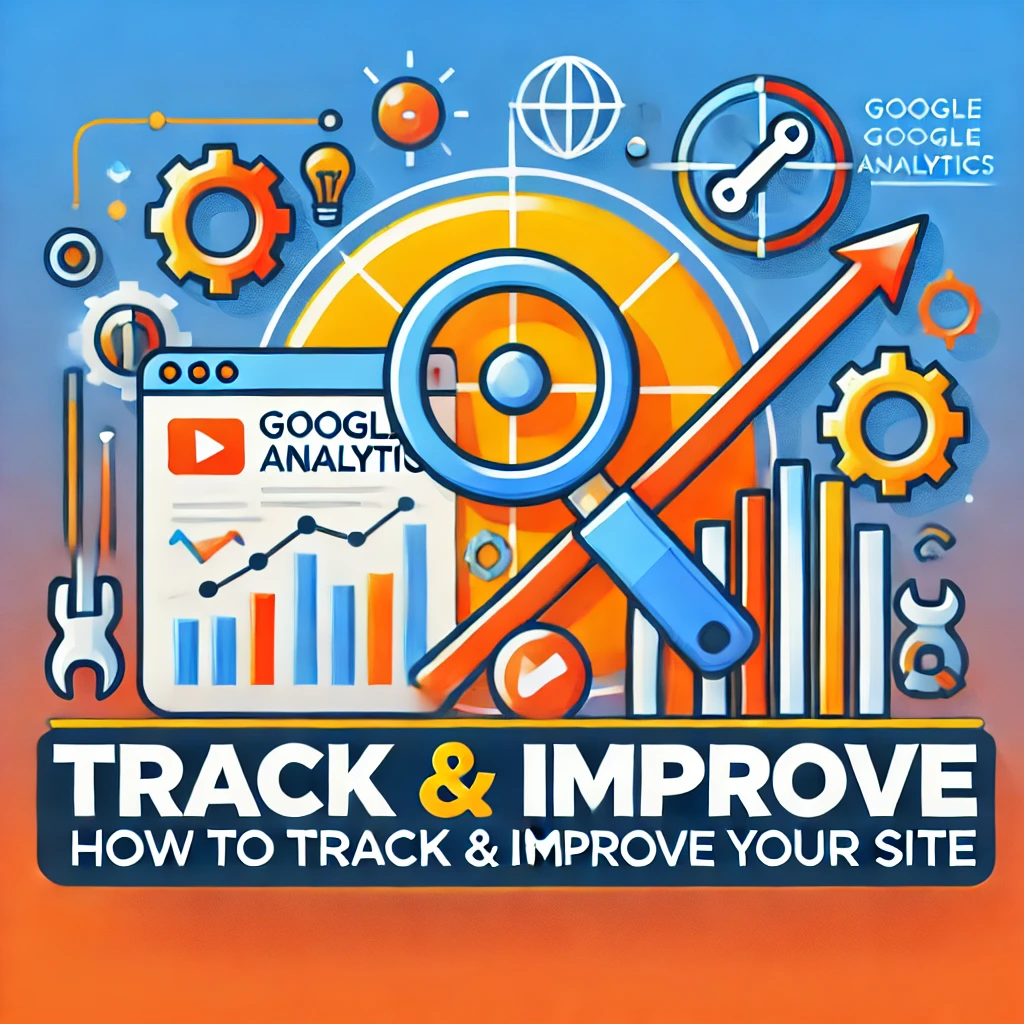Google Analytics is a powerful tool that provides website owners and marketers with detailed insights into their online presence. By effectively utilizing Google Analytics, you can understand your audience, optimize your website, and ultimately drive more conversions. Here’s how to make the most of this essential tool.
The first step in using Google Analytics is setting it up on your website. After creating an account, you’ll be given a tracking code to embed in the header of your website. This code tracks every visitor and interaction on your site, feeding valuable data back to your Google Analytics dashboard.
Understanding the Dashboard
The Google Analytics dashboard is where all your data is visualized. Here, you can view real-time data, audience demographics, behavior flows, and more. Familiarize yourself with key metrics such as sessions, page views, bounce rate, and average session duration. These metrics give you a snapshot of how visitors interact with your site.
Tracking User Behavior
One of the most powerful features of Google Analytics is its ability to track user behavior. Use the “Behavior” section to see which pages are most popular, how users navigate your site, and where they drop off. This information is crucial for identifying content that resonates with your audience and areas that may need improvement.
Setting Goals and Conversion Tracking
To measure the effectiveness of your website, set up goals in Google Analytics. Goals can be anything from a completed purchase to a newsletter signup. By tracking conversions, you can see which sources and pages are driving the most valuable actions on your site.
Utilizing Audience Insights
Google Analytics provides detailed insights into your audience’s demographics, interests, and geographical location. Use this data to tailor your content and marketing efforts to better meet the needs of your target audience. For example, if you notice a large portion of your traffic comes from mobile devices, you might prioritize mobile optimization.
The “Acquisition” section shows where your traffic is coming from—whether it’s organic search, social media, direct traffic, or referral sites. Understanding your traffic sources helps you allocate resources effectively and identify which channels are performing best.
Regularly Reviewing and Adjusting
Finally, regularly review your Google Analytics data to identify trends and make data-driven decisions. Adjust your marketing strategies, content, and website design based on the insights gained. Over time, this continual analysis and adjustment will help you optimize your site for better performance and higher conversion rates.
By learning how to understand and use Google Analytics, you can turn data into actionable insights, leading to a more effective online presence and business growth.
Like And Subscribe To My Channel
